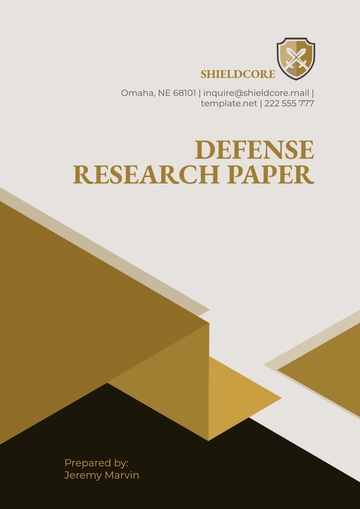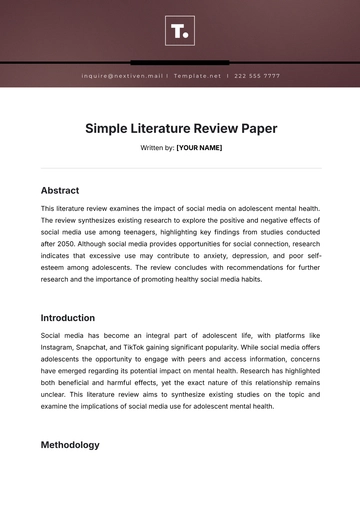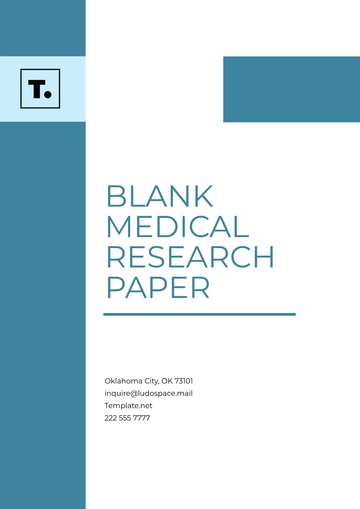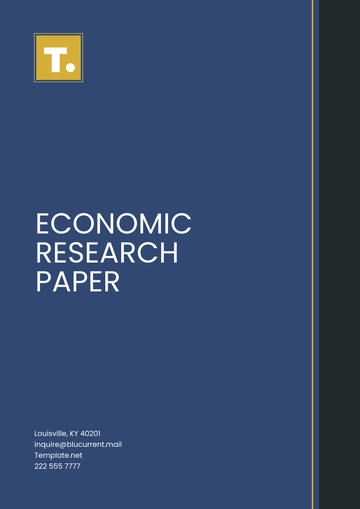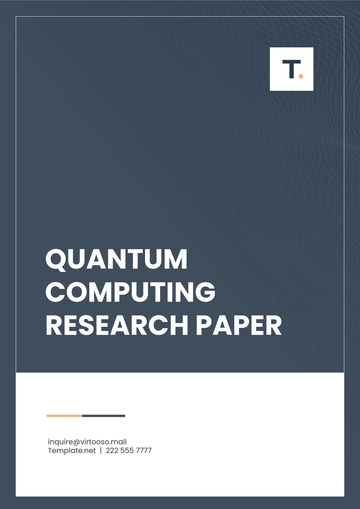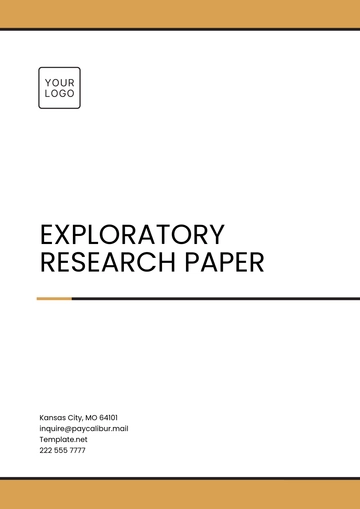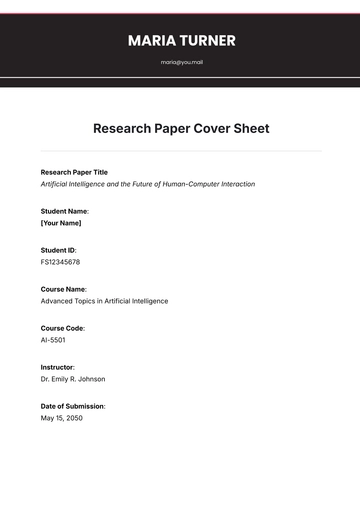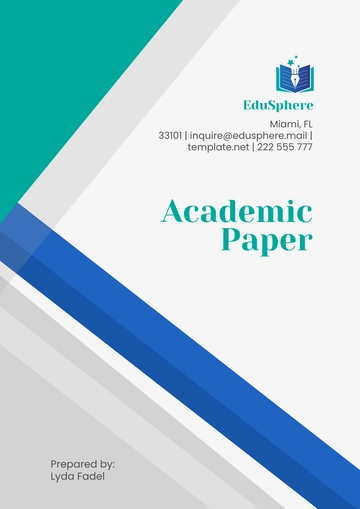Free Humanitarian Studies Research Paper

Prepared By: [Your Name]
I. Abstract
This paper explores the involvement of humanitarian organizations in managing the humanitarian crisis of the Syrian Civil War. Focusing on three key organizations—Global Relief Initiative (GRI), MedAid International, and ShelterNet—the study assesses their effectiveness, challenges, and impacts. Insights into successful strategies and recommendations for improving future crisis management are provided.
II. Introduction
The Syrian Civil War, which began in March 2011, has triggered one of the most severe humanitarian crises of the 21st century. Over 13 million people have been displaced, with millions more affected by the conflict. Humanitarian organizations play a crucial role in providing relief. This paper examines the contributions of GRI, MedAid International, and ShelterNet in addressing the urgent needs of the Syrian population. By evaluating their strategies and the challenges encountered, the study aims to highlight best practices and identify areas for improvement in humanitarian response efforts.
III. Literature Review
A. Historical Context of Humanitarian Intervention
Humanitarian intervention has evolved from early colonial aid to contemporary international responses. Key frameworks include the Responsibility to Protect (R2P), which emphasizes state responsibility to protect populations from atrocities, and the Sphere Standards, which set minimum standards for humanitarian response.
B. Humanitarian Organizations' Framework
The cluster system, introduced by the United Nations, organizes humanitarian efforts into sectors (e.g., health, and nutrition) for improved coordination. Partnerships with local NGOs enhance the reach and effectiveness of aid by leveraging local knowledge and networks.
C. Case Studies
Historical interventions, such as those during the Rwandan Genocide and the Haitian Earthquake, provide valuable lessons for current practices. These cases highlight the importance of timely response, coordination, and adaptation to local conditions.
IV. Methodology
The study uses a mixed-methods approach:
Case Study Analysis: Detailed examination of GRI, MedAid International, and ShelterNet’s operations through reports and field data.
Interviews: Conducting 15 interviews with field workers and 10 with administrators to gather first-hand insights on operational challenges and successes.
Document Analysis: Review over 50 organizational reports, aid distribution logs, and media coverage to assess impact and identify trends.
V. Findings
A. Effective Strategies
GRI: Launched a mobile clinic program that improved access to medical care for 200,000 individuals in rural areas, addressing critical health needs.
MedAid International: Implemented a robust supply chain system that reduced delivery times for essential goods by 30%, ensuring more timely distribution of aid.
ShelterNet: Established over 50 community centers, which served dual purposes as safe havens and distribution points, enhancing local engagement and support.
B. Challenges
Security Risks: Operations were frequently disrupted by the volatile security environment, impacting personnel safety and aid delivery.
Logistical Issues: Poor infrastructure and bureaucratic barriers complicated the timely distribution of aid.
Political Constraints: Shifting control of territories and complex political dynamics impeded the effectiveness of aid delivery and coordination efforts.
C. Impact Assessment
GRI: Medical interventions led to a 20% increase in survival rates among treated patients, significantly improving health outcomes in conflict zones.
MedAid International: Successfully distributed over 1 million food packages, meeting approximately 70% of the assessed food needs of the displaced population.
ShelterNet: Supported 100,000 displaced individuals through community centers, providing essential resources and safety during the conflict.
VI. Discussion
A. Best Practices
Successful approaches include the use of mobile clinics to reach remote areas, efficient supply chain management to ensure timely aid, and the establishment of community-based centers to engage local populations and streamline aid distribution.
B. Lessons Learned
Flexibility, adaptability, and collaboration with local entities are crucial for effective humanitarian responses. These practices help in overcoming the challenges posed by dynamic conflict environments.
C. Recommendations
Future humanitarian responses should focus on enhancing security measures, investing in infrastructure to support logistics, and improving coordination between international and local actors to maximize the impact of aid.
VII. Conclusion
Humanitarian organizations such as GRI, MedAid International, and ShelterNet have made significant strides in addressing the humanitarian crisis in Syria. Despite numerous challenges, their efforts have led to considerable improvements in aid delivery and support for affected populations. By adopting best practices and addressing the lessons learned, future responses can be more effective in managing complex humanitarian crises and improving outcomes for those in need.
- 100% Customizable, free editor
- Access 1 Million+ Templates, photo’s & graphics
- Download or share as a template
- Click and replace photos, graphics, text, backgrounds
- Resize, crop, AI write & more
- Access advanced editor
Document your humanitarian research with Template.net's Humanitarian Studies Research Paper Template. This editable and customizable template offers sections for background analysis, fieldwork results, ethical considerations, and policy implications. Editable in our AI Editor Tool, it ensures your humanitarian studies are well-organized, thorough, and impactful, enhancing the presentation of your research findings.




